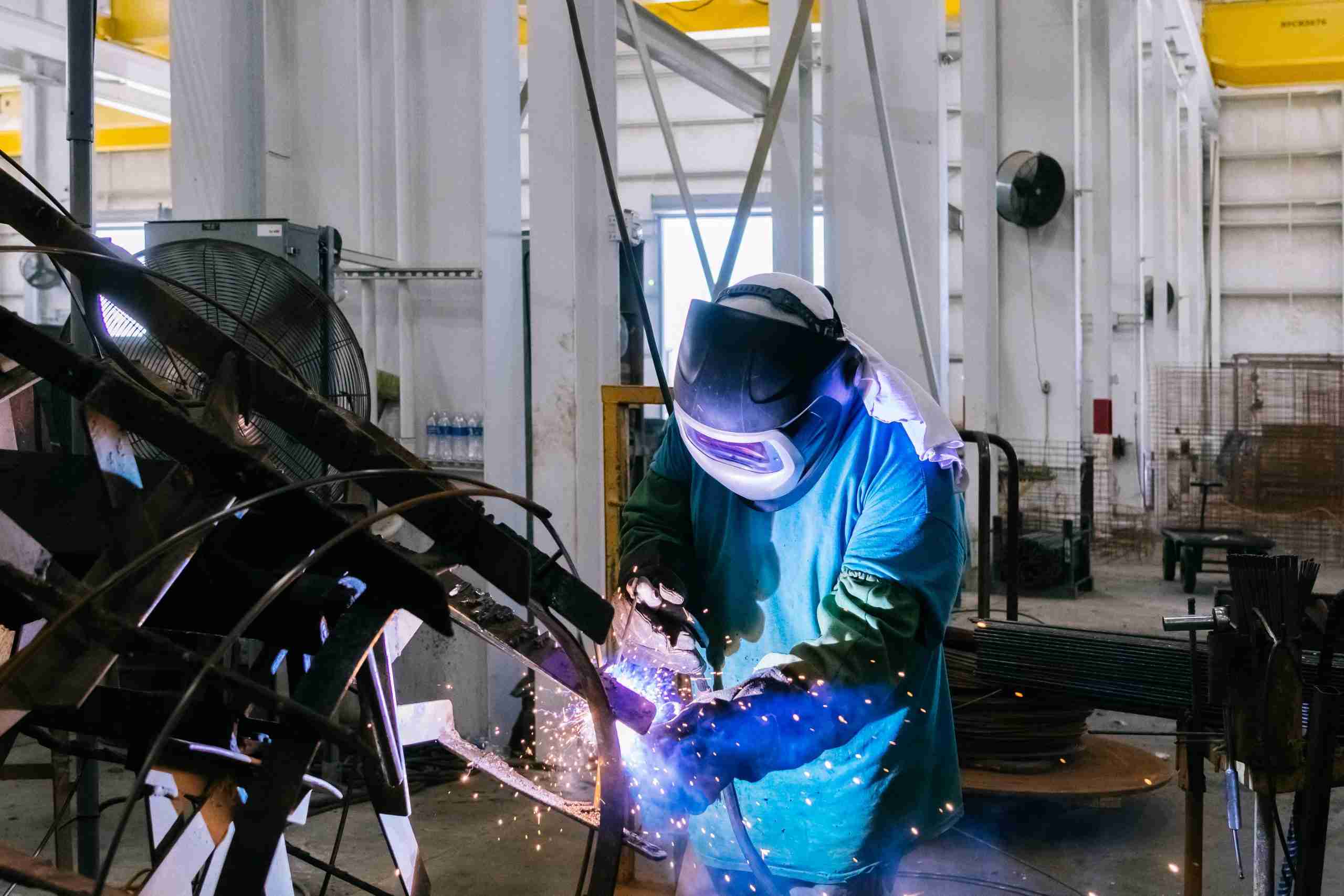To keep our people safe, we maintain the highest possible safety standards in the construction industry. While our safety practices typically exceed requirements, we go the extra mile to incorporate our customers’ site-specific safety guidelines into our operations, and Tindall requires subcontractors to establish and maintain a site-specific safety plan for each precast project.

